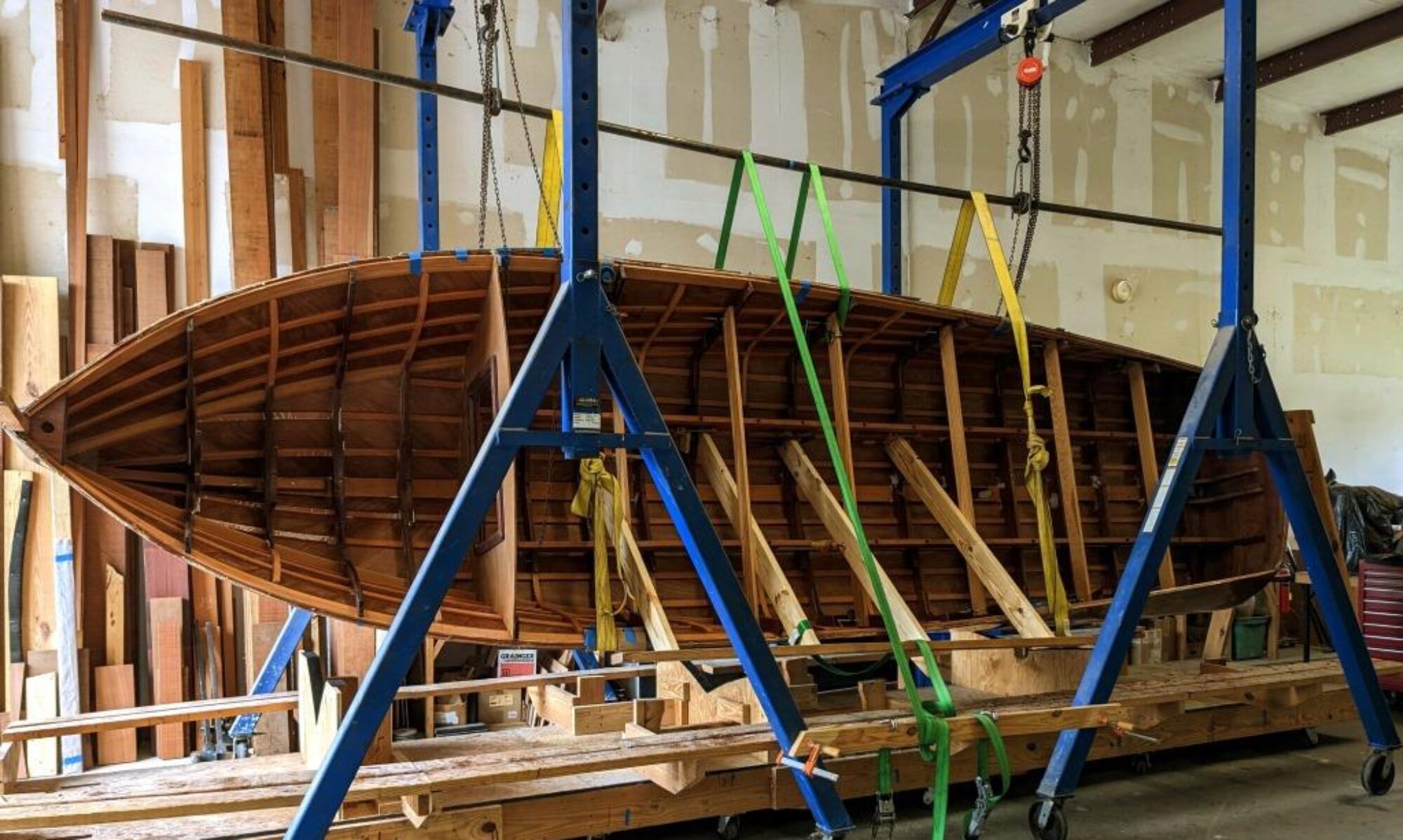
Finally! Sea trials are here!
Click here to see a short video of the sea trial.
Eventually, a boat ends up in the water. There are lots of things to check when that happens. Does it float? Does it float level? Does it float anywhere near the design waterline? Does the engine run? Does it steer properly? etc. etc. Continue reading “Sea trials of the 1949 Chris Craft Deluxe Runabout”









